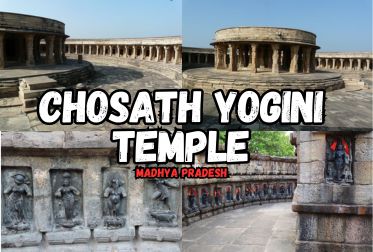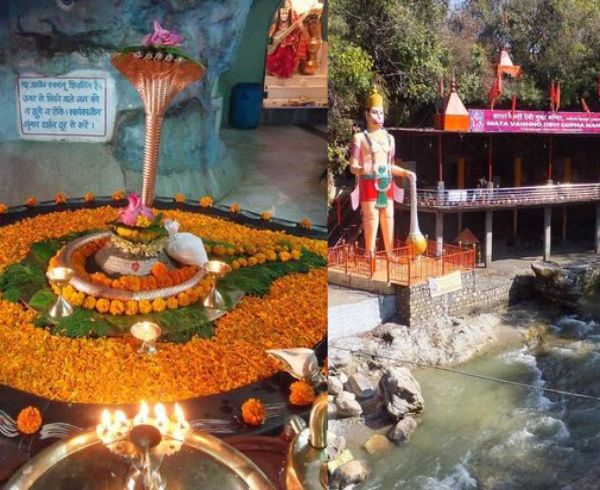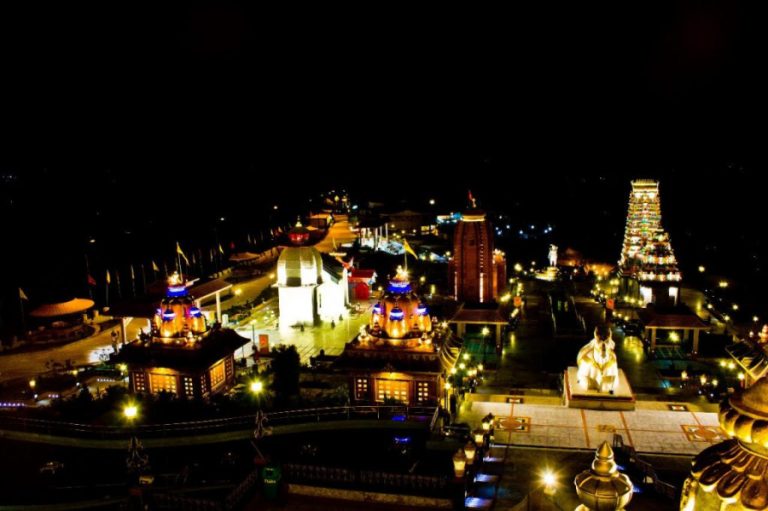Journeying Through Time with Indian Ancients Coins: An Intriguing Insight
A Comprehensive Guide to the Evolution of Coinage in India

Ancient India: Coinage of India
The first documented coinage in India is believed to have started with the issuance of ‘Punch Marked’ coins between the 7th-6th century BCE and 1st century AD. These silver coins were imprinted with various images punched over them. The motifs on these coins were primarily drawn from nature, including symbols such as the sun, animals, trees, hills, and geometrical shapes. The Punch-marked coins can be further classified into four categories:
| Category | Description |
|---|---|
| Taxila-Gandhara | Coins from the Taxila-Gandhara region |
| Kosala | Coins from the Kosala region |
| Avanti | Coins from the Avanti region |
| Magadhan | Coins from the Magadhan region |
Ancient Dynastic Coins
Various dynasties that ruled over India introduced their own coinage systems, reflecting their unique culture and beliefs. These coins are generally dated between the 2nd century BCE and 2nd century AD. Let’s explore some of the prominent ancient Indian dynasties and their coins:
Kushana Empire
The coins attributed to the Kushana Empire depicted iconographic forms influenced by Greek, Mesopotamian, Zoroastrian, and Indian mythology. The coins featured major Indian deities such as Shiva, Buddha, and Kartikeya. They were known for their artistic appeal and historical significance.
Satavahanas
The Satavahana coins were issued in copper, silver, and lead. They featured motifs of various fauna, including elephants, lions, bulls, horses, and more. The silver coins often had portraits and bilingual legends inspired by Kshatrapa types.
Western Kshatrapa
The coins of the Western Kshatrapa dynasty featured a combination of Greek and Brahmi legends. They are considered to be among the earliest coins that had dates inscribed on them, providing important historical references.
Gupta Empire
The Gupta Empire coins depicted the king on the obverse side and a deity on the reverse side. They also showcased socio-political events, such as marriage alliances and horse sacrifices. These coins are attributed to rulers like Samudragupta, Chandragupta II, and Kumaragupta.
South Indian Kingdoms
The coinage systems of South Indian kingdoms were often associated with their dynastic crests. Here are some notable examples:
| Dynasty | Crest |
|---|---|
| Chalukya | Boar |
| Pallavas | Bull |
| Cholas | Tiger |
| Pandya Dynasty | Fish |
| Chera Dynasty | Bow and Arrow |
| Hoysala | Lion |
Medieval India
Medieval India, spanning from the 6th century to the 16th century, witnessed diverse coinage systems under different rulers and dynasties. Let’s explore the coinage during this period:
Delhi Sultanate
The Delhi Sultanate period marked a considerable expansion of the money economy. Coins were struck in gold, silver, and copper. Notable coins from this era include the Tanka (silver) and Jital (copper), which were introduced as currency.
Khilji Dynasty
Coins issued during the Khilji Dynasty bore grandiloquent titles and were minted in gold, silver, copper, and billon. One famous coin from this period is attributed to Ala-ud-din Khilji, which had ‘Sikandar al Sani’ inscribed on it.
Tughlaq Dynasty
The Tughlaq Dynasty introduced coins with superior designs compared to the previous rulers. Various experiments with currency were conducted, including the introduction of Chinese-inspired paper currency, which, unfortunately, was not successful.
Vijayanagara Empire
The Vijayanagara Empire predominantly used gold and copper coins. The gold coins featured sacred images on the obverse side and royal legends on the reverse side. Lord Venkateswara, the deity of Tirupati, was commonly represented on these coins.
Pre-Colonial, Princely States, and British India Coinage
The decline of the Mughal Empire gave rise to pre-colonial and princely state rule in India, leading to diverse coinage systems. Let’s explore some aspects and features of coinage during this period:
Maratha Confederacy
The Maratha Confederacy issued different types of rupees, including Hali Sicca, Ankushi rupee, and Chandori rupee. These coins featured the name of Chatrapati Shivaji Maharaj.
Province of Awadh
In the Province of Awadh, the monetary system included gold ashrafi, silver rupees, and copper fulus. It is believed that revolutionaries minted coins in the name of the Nawab-Wazarat during this period.
Mysore
Mysore issued coins following both Mughal and Vijayanagara standards. The gold coins carried the Hara-Gauri motif and the king’s name, while smaller fraction coins depicted the deity Chamunda and the family deity of the Wodeyar family.
Sikh
Coins during the Sikh era bore the name of Guru Gobind Singh.
Hyderabad
The Nizam coins were initially issued in the name of Mughal emperors and later introduced “Hali sicca” coins. In 1903-04, machine-struck coins depicting Charminar and Persian inscriptions were introduced, including Ashrafi, Rupee, 8 Annas, 4 Annas, and 2 Annas.
Post-Independence Coinage of India
After India’s independence in 1947, the country retained its monetary system and introduced a new series of distinctive coins. Let’s explore the different series of coins introduced post-independence:
Frozen Series
This series lasted for three years during the transition period until India became a republic. The coins included denominations such as 1 Rupee (equal to 16 Annas), 1 Anna (equal to 4 Pice), and 1 Pice (equal to 3 Pies).
Anna Series
The Anna series was introduced on August 15, 1950, marking the first coinage system of the Republic of India. The series replaced the King’s Portrait with the Lion Capital of the Ashoka Pillar. Indian motifs were incorporated into the design. Denominations included Rupee One, Half Rupee, Quarter Rupee, Two Anna, One Anna, Half Anna, and One Pice.
Naya Paisa Series
Adopted in 1957, the Naya Paisa series was used until 1964. The coins were made of nickel, cupro-nickel, and bronze materials. Denominations included Rupee One, Fifty Naye Paise, Twenty-Five Naye Paise, Ten Naye Paise, Five Naye Paise, Two Naye Paise, and One Naya Paisa.
Paisa Series
Introduced in 1964, the Paisa series gradually minted small denomination coins in aluminum due to rising commodity prices. Denominations included Fifty Paise, Twenty-Five Paise, Ten Paise, Five Paise, Two Paise, and One Paisa.
Following this period, the denominations remained mostly the same, but changes were made in the metal composition and weight of the coins
Indian ancients coins are a fascinating and diverse category of numismatic artifacts that offer a glimpse into India’s rich and varied history. These coins were minted by various dynasties and empires that ruled over the Indian subcontinent over the centuries.
See Indian coins Images

The earliest Indian ancients coins are known as punch-marked coins and date back to the 6th century BCE. These Indian ancients coins were made by punching marks onto small pieces of silver or copper, and were used as a medium of exchange for goods and services.
Over the centuries, the design and production of Indian ancients coins evolved with the rise and fall of various kingdoms and empires. For example, the Mauryan Empire (321-185 BCE) issued coins with animal motifs, while the Gupta Empire (320-550 CE) produced gold coins that were widely circulated throughout India.
The Indian ancients coins of India are not only significant for their historical and cultural value, but also for their aesthetic appeal. They showcase a range of designs and techniques, from simple and minimalist to intricate and elaborate.
Today, Indian ancients coins are sought after by collectors and scholars around the world for their historical, cultural, and numismatic significance. They continue to provide valuable insights into India’s rich past and serve as a reminder of the country’s cultural heritage.
1st > > Indian ancients coins
Main Material | Gold |
| Patron/Dynasty | Mughal |
| Period / Year of Work | 1605-1628 C.E. |
| Weight | 10.8960 gm |

2 > Indian ancients coins
| Main Material | Gold |
| Country | India |
| Patron/Dynasty | Gupta |
| Period / Year of Work | C.second and third quarters of the 4th century C.E. |
| Weight | 8.0282 gm. |
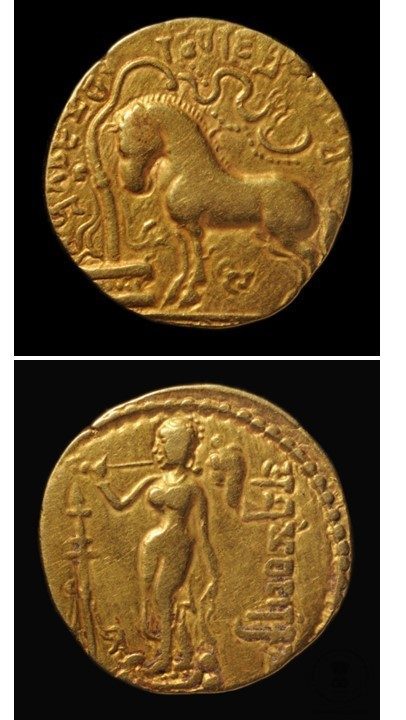
3 > > Indian ancients coins
| Main Material | Gold |
| Country | India |
| Patron/Dynasty | Gupta |
| Period / Year of Work | C.second and third quarters of the 4th century C.E. |
| Weight | 7.6524 gm. |

4 > > Indian ancients coins
| Museum Name | Indian Museum, Kolkata |
| Object Type | Coin |
| Main Material | Copper |
| Country | India |
| Patron/Dynasty | Indore (Native State) |
| Period / Year of Work | C. Mid 19th Century CE |

5 > > Indian ancients coins
| Museum Name | Indian Museum, Kolkata |
| Gallery Name | N.A. |
| Object Type | Coin |
| Main Material | Copper |
| Country | India |
| Patron/Dynasty | Lunavada |
| Period / Year of Work | C. Late 19th Century CE |

6 > > Indian ancients coins
| Title | Coin of Dutch, East India company |
| Accession Number | Wn-8557-East India company(Dutch) |
| Museum Name | Indian Museum, Kolkata |
| Object Type | Coin |
| Main Material | Copper |
| Country | India |
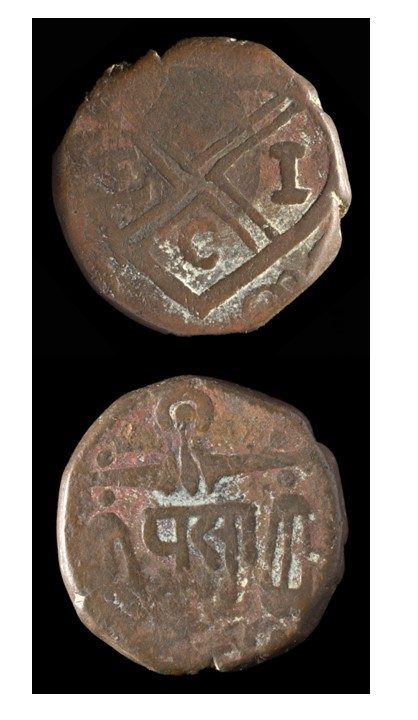
7 > > Indian ancients coins
| Title | East India company |
| Accession Number | wn-8509-East India company |
| Museum Name | Indian Museum, Kolkata |
| Object Type | Coin |
| Main Material | Copper |
| Country | India |
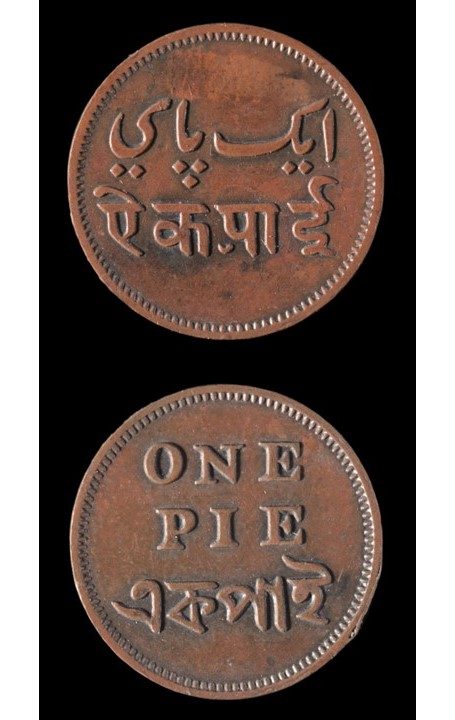
8 > > Indian ancients coins
| Title | Coin of East India company |
| Accession Number | wn-8508-East India company |
| Museum Name | Indian Museum, Kolkata |
| Object Type | Coin |
| Main Material | Copper |
| Country | India |

9 > > Indian ancients coins
| Title | Coin of Satara (Maratha) |
| Accession Number | WN-831-Satara |
| Museum Name | Indian Museum, Kolkata |
| Object Type | Coin |
| Main Material | Copper |
| Country | India |
| Patron/Dynasty | Maratha |

See all Ancients coins collection
See more Interesting heritage Places

